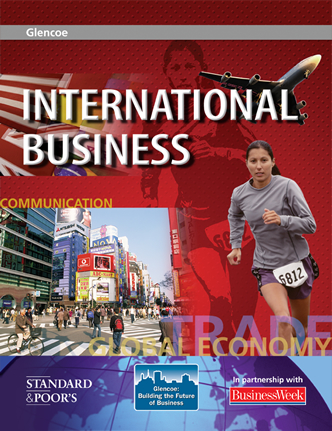 
International BusinessChapter 7:
Currency and Risk ManagementChapter Summaries- Money and the currency exchange system allow companies to conduct international business.
- When currency values fluctuate, the value of one currency changes when it is traded for another.
- National leaders use both market and non-market methods to make sure exchange rates are at least a neutral factor in business transactions.
- The types of commercial risks in international business include exchange rate risks, transaction risks, and insurable risks.
- Individual companies use various methods to reduce transaction risks. This is partially done by setting up different types of payment programs for goods and services.
- Insurance is used to cover a few specific types of risk such as damage from fires, weather or storms, earthquakes, and natural catastrophes.
 |  |
|





